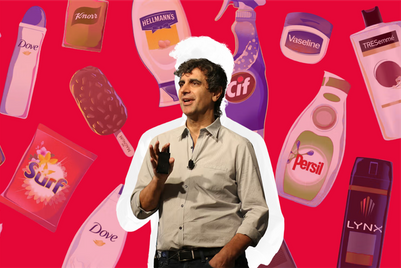
Want the media to pay attention? Offer a compelling story.
Want the media to really pay attention? Deliver a really compelling story.
I get this concept.
But to say Julian Assange dominates the headlines because Wikileaks is a world-shaking story shortchanges Mr. Assange’s PR savvy.
As Reuters pointed out, Assange “has masterfully manipulated elite media outfits.”
Digging deeper, Assange applied a communications technique that eludes 90 per cent of PR professionals.
This forum isn’t to debate whether Assange is a superhero, villain or wannabe hacker with a pasty complexion. Put this to the side and consider his communications strategy.
When he decided to expand Wikileaks’ public profile by releasing the mother lode of classified information, he deviated from the status quo.
Typical PR thinking would have shotgun a news release out to the world with a pointer to the digital treasure trove of governmental pillow talk. More is better.
That’s not how Assange maximised the communications impact.
He did just the opposite.
He created scarcity, not abundance, by offering access to only four publications, including Le Monde (France), El Pais (Spain), The Guardian (the UK) and Der Spiegel (Germany).
Call it a geographic exclusive with each publication enjoying first-mover status with the readership in its respective country (The Guardian shared the information with The New York Times which covered the United States as well).
Knowing they had 'exclusives', these five publications funneled enormous resources to the story that never could have been rationalised with a level playing field. According to The Associated Press, 120 journalists from the 'big five' ploughed through the material.
Thanks to the wonders of the internet, these deep and intense stories propagated until they were everywhere.
What can the PR profession take away from this exercise?
Your client or company is sometimes best served by a few or even one quality story rather than numerous 'parachute' stories.
It does take a different mentality and obviously more work (three stories for nine publications versus one story for nine-plus publications).
But the payoff comes in genuine storytelling that fortifies the company’s brand.



.jpg&h=334&w=500&q=100&v=20250320&c=1)
.jpg&h=334&w=500&q=100&v=20250320&c=1)
.jpg&h=334&w=500&q=100&v=20250320&c=1)
.jpg&h=334&w=500&q=100&v=20250320&c=1)



.jpg&h=334&w=500&q=100&v=20250320&c=1)

.jpg&h=268&w=401&q=100&v=20250320&c=1)



.jpg&h=268&w=401&q=100&v=20250320&c=1)
.png&h=268&w=401&q=100&v=20250320&c=1)
.jpg&h=268&w=401&q=100&v=20250320&c=1)
